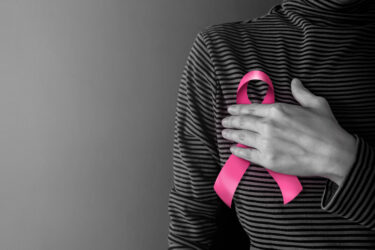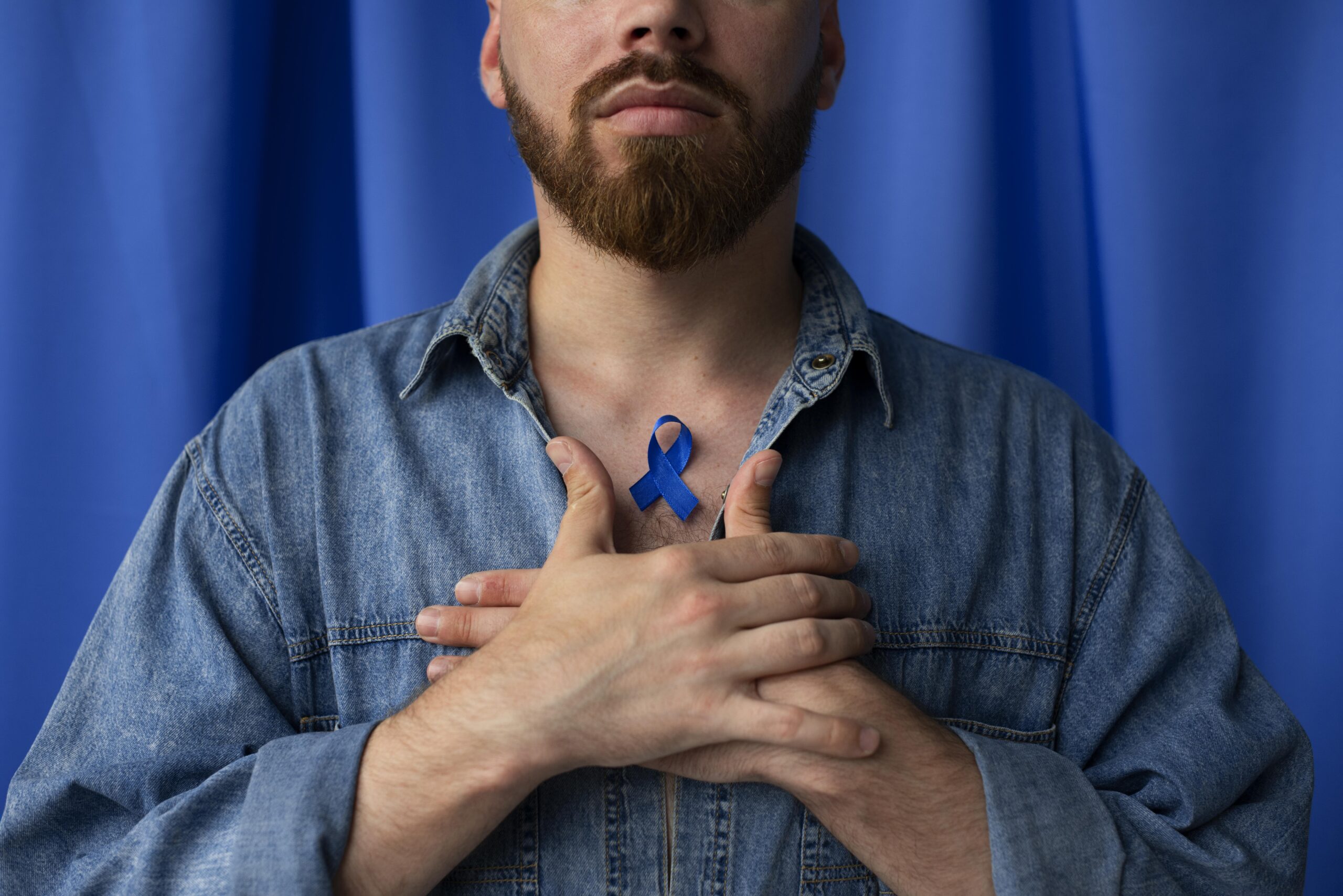Human papillomavirus is one of the most common types of STDs. It can be transmitted through oral, anal, and, vaginal sex. Low-risk HPVs are less harmful; however, high-risk HPVs can lead to life-threatening diseases like cancer. Almost all cervical cancers happen as a result of it. In this article, we will be discussing the risk factors and prevention methods for HPV and cervical cancer.
The link between HPV and cervical cancer
The immune system generally manages to successfully fight an HPV attack. However, sometimes, the virus survives and remains in the body for years together. Eventually, it begins mutating the normal cells on the cervical lining to cancerous ones. Sometimes, the precancerous changes fade away automatically. Although, occasionally, they tend to advance and cause cervical cancer.
Symptoms
One may experience little to no symptoms during the initial stages of cervical cancer. As the cancer advances, the following symptoms are observed: pain in the pelvis, foul-smelling vaginal discharge, pain after intercourse, bleeding post intercourse and menopause, and bleeding between periods.
Risk factors
The risk factors for cervical cancer are as follows:
- Various sexual partners
The greater the number of sexual partners, the higher the risk of developing HPV and cervical cancer. If your partner too, has been intimate with many people, the risk is greater. - A weak immune system
When a person undergoes an organ transplant or has been infected with HIV, their immune systems tend to weaken. This puts them at a greater risk of developing cervical cancer. - Medication that prevents miscarriages
If one has been exposed to a medication called diethylstilbestrol, they are at risk of developing a certain type of cervical cancer. - Early sexual activity
If a person engages in sexual activities at a relatively younger age, they are at a greater risk of developing HPV and cervical cancer. - Smoking
Smoking has been linked with squamous cell cervical cancer. It contributes to the development of cancer. - STIs
Having sexually transmitted diseases like HIV, gonorrhea, and syphilis puts one at a higher risk of developing HPV and thus, cervical cancer.
Prevention methods
The methods used to prevent oneself from HPV and thus, cervical cancer are:
- Get yourself vaccinated
Vaccines are available for HPV, getting the shot administered will prevent one of nine types of HPVs and HPV-related cancers. It also protects one from new HPV infections. - Quit smoking
If one doesn’t smoke, it is advisable not to begin at all. However, if one is already a smoker, quitting the use of tobacco is advisable. - Practice safe sex
Using protective measures such as wearing a condom every time one has sex can lower the risk of developing HPV as well as cervical cancer. - Have routine checks
Having a PAP test done every few years can help one detect or treat any precancerous or cancerous conditions.







